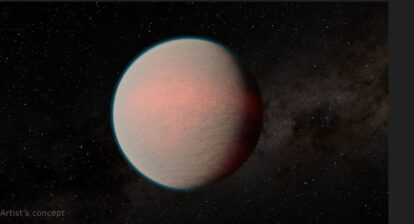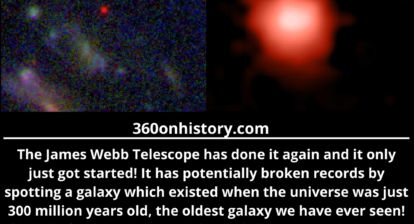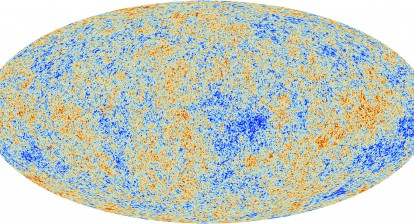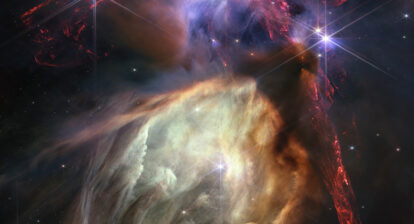On March 11, 2022, a critical stage – the mirror alignment steps – of the James Webb Telescope was completed, which then returned its first image as a test run. It team expects that Webb’s optical performance will be able to meet or exceed the science goals the observatory was built to achieve, and which are expected to commence in a few months.
“More than 20 years ago, the Webb team set out to build the most powerful telescope that anyone has ever put in space and came up with an audacious optical design to meet demanding science goals,” said Thomas Zurbuchen, associate administrator for NASA’s Science Mission Directorate in Washington. “Today we can say that design is going to deliver.
“While some of the largest ground-based telescopes on Earth use segmented primary mirrors, Webb is the first telescope in space to use such a design. The 21-foot, 4-inch (6.5-meter) primary mirror – much too big to fit inside a rocket fairing – is made up of 18 hexagonal, beryllium mirror segments. It had to be folded up for launch and then unfolded in space before each mirror was adjusted – to within nanometers – to form a single mirror surface,” says the press release.
“In addition to enabling the incredible science that Webb will achieve, the teams that designed, built, tested, launched, and now operate this observatory have pioneered a new way to build space telescopes,” said Lee Feinberg, Webb optical telescope element manager at NASA’s Goddard Space Flight Center in Greenbelt, Maryland.
As a test run, Webb focused on a single star, named 2MASS J17554042+6551277, also known as TYC 4212-1079-1. It is a sun-like star in the constellation Draco, in our Milky Way galaxy, and is located approximately 2,000 light years away from Earth.
“We have fully aligned and focused the telescope on a star, and the performance is beating specifications. We are excited about what this means for science,” said Ritva Keski-Kuha, deputy optical telescope element manager for Webb at NASA Goddard. “We now know we have built the right telescope.”
The fully focussed telescope took this gloriously breathtaking image as its first attempt.
“While the purpose of this image was to focus on the bright star at the center for alignment evaluation, Webb’s optics and NIRCam are so sensitive that the galaxies and stars seen in the background show up. At this stage of Webb’s mirror alignment, known as “fine phasing,” each of the primary mirror segments have been adjusted to produce one unified image of the same star using only the NIRCam instrument. This image of the star, which is called 2MASS J17554042+6551277, uses a red filter to optimize visual contrast,” according to the press release.
Webb was launched 25 December 2021 on an ESA Ariane 5 rocket from Kourou, French Guiana, with the objective that it will succeed the Hubble Space Telescope as NASA’s flagship mission to study the cosmos. It is the most powerful telescope ever launched into space, operating in a halo orbit, circling around a point in space known as the Sun-Earth L2 Lagrange point, approximately 1,500,000 km (930,000 mi) beyond Earth’s orbit around the Sun. Webb’s actual position varies between about 250,000 km (160,000 mi) and 832,000 km (517,000 mi) from L2 as it orbits, keeping it out of both Earth and Moon’s shadow (for comparison the Moon is roughly 400,000 km or 250,000 miles from Earth).
Here is an image that ESA’s Gaia spacecraft took of the JWST on February 18, 2022, from its own home in L2.

Images of the James Webb Space Telescope taken by ESA’s Gaia observatory on 18 February 2022 captured by ESA’s Gaia spacecraft. Credit: ESA/DPAC
Over the next six weeks, the team will proceed through the remaining alignment steps before final science instrument preparations. They are on track to conclude all aspects of Optical Telescope Element alignment by early May, if not sooner, before moving on to approximately two months of science instrument preparations. Webb’s first full-resolution imagery and science data will be released in the summer.
(Read: A new telescope to study dark energy)







